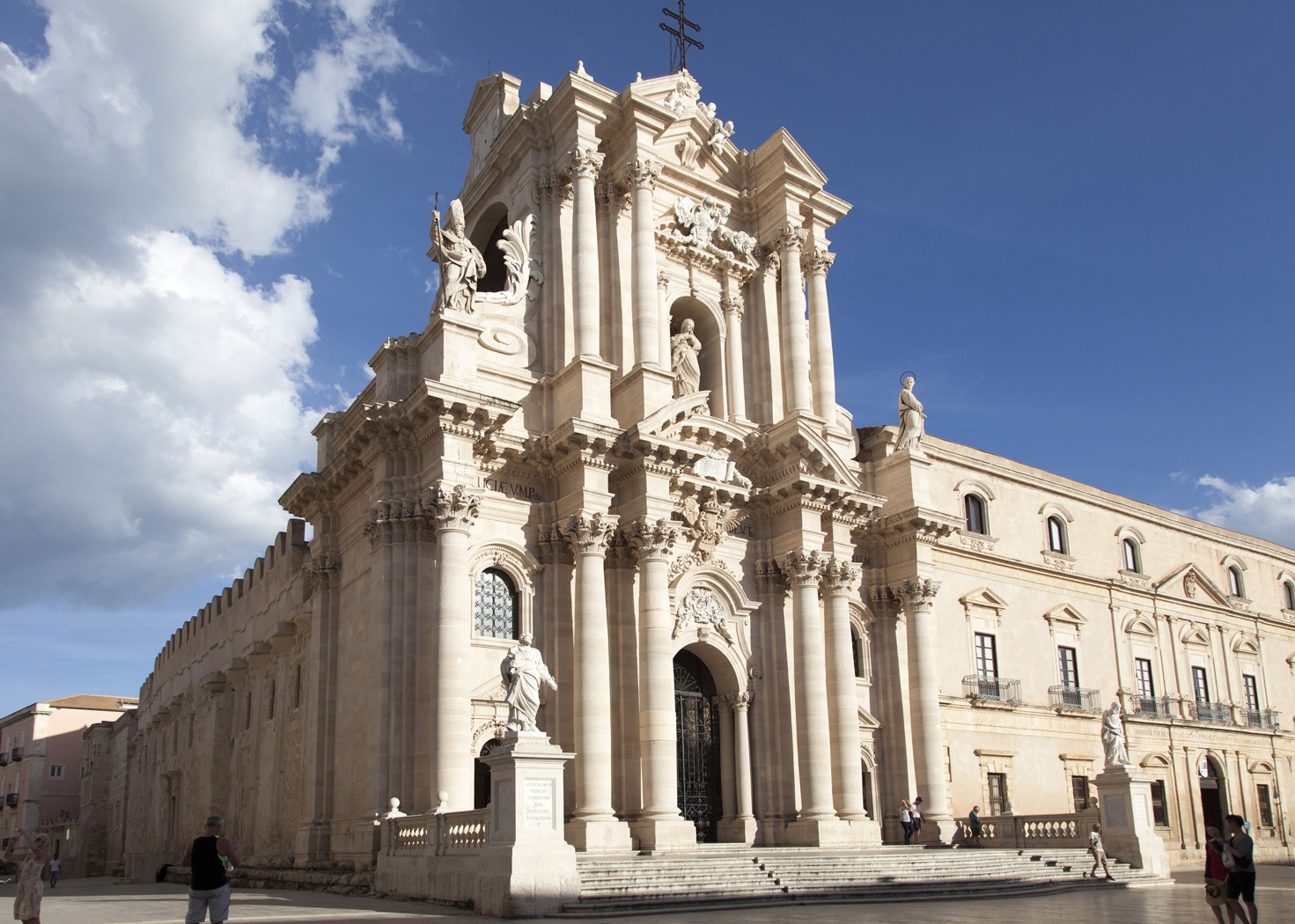
 italia.it
italia.it
Italian culture and history: Syracuse and the Necropolis of Pantalica
- WTI Magazine #88 Feb 20, 2017
-

 italia.it
italia.it
Syracuse was defined by Cicero as “the most beautiful city in Magna Graecia.” He was right of course. Still today the echoes of its ancient grandeur reverberate from the streets, churches and monuments, corroborating its religious and cultural importance: Syracuse is a destination no traveler should pass up and, with Sicily's Mediterranean climate, can be visited in any season of the year.
Made a UNESCO World Heritage Site in 2005, the city conserves ancient vestiges in every niche and corner, from Classical testimonies to Baroque splendors, all within a landscape of enchanting beauty.
The UNESCO Site actually constitutes two different places: the cave necropolis of Pantalica and the historic center of Syracuse. Both evidence the development and progression of ancient civilizations.
Syracuse
Thanks to its enviable geographic position, Syracuse was a crucial crossroads of commercial exchange from when the Greeks settled it. Today it is a living artifact, connoting the customs and traditions of the many Mediterranean populations that passed through and dominated it, from the Byzantines, Bourbons, and Arabs to the Normans and Aragonese.
Sùraka, as Syracuse is known in Sicilian dialect (meaning an abundance of water) was one of the principal settlements in Magna Grecia, a place of artistic brilliance and commercial power. It was also one of the most important centers of Christianity during the Middle Ages, and it later saw its Baroque golden age after the earthquake of 1693.
The oldest urban nucleus, however, resides on the little island of Ortygia, where we find the Temple of Apollo, the most ancient in Sicily. The remains from the Temple of Athena (5th Century B.C.) were later converted into the Cathedral, while the Temple of Zeus rui culonne (two columns), due to the fact that what is left of the entire structure consists of just two columns.
In the course of the 4th Century B.C., Syracuse expanded via the residential quarters of Tyche and (the monumental) Neapolis (already existing were Ortygia, Acradina and Epipoli). Traces left by the Roman conquest include the beloved Amphitheatre, while just as magnificent is the Castello di Maniace, a Byzantine citadel commissioned by Frederick II of Swabia.
The Cave Necropolis of Pantalica
Not far from Syracuse, situated near open quarries is the cave necropolis of Pantalica; it is environmental wonder meets archaeological treasure. Pantalica became a settlement on the plateau of the Iblei Mountains for those coastal inhabitants fleeing the Sicels and other Italic populations that landed here in the first half of the 8th Century B.C. (the period to which these scenographic necropolises date).
The complex is made up of approximately 5,000 tombs dug into the rock, along with the Anaktoron (Prince’s Palace) positioned at the top of a hill, a reminder of the grandiose Mycenaean palaces.
The village assimilated the customs and traditions of the gamut of peoples that came here, and in the Medieval Age it became a refuge for peoples exhausted by enemy incursions. The scenic beauty of Pantalica can be seen in its natural oasis, where marvelous examples of flora (anemones, orchids, and oleanders) and animal species thrive (peregrine falcon, wolf and river crab).
Curiosities
This is the home of Archimedes, esteemed Greek mathematican and physicist in the 3rd Century B.C.
Caravaggio arrived in Syracuse in 1608 after having escaped from prison in Malta. Here he painted The Burial of St. Lucy (the city’s Patron Saint). Along the banks of the River Ciane grows Cyperus Papyrus Linneo, one of the innumerable species of the world’s papyrus. Be sure to see the Papyrus Museum, inaugurated in 1989.